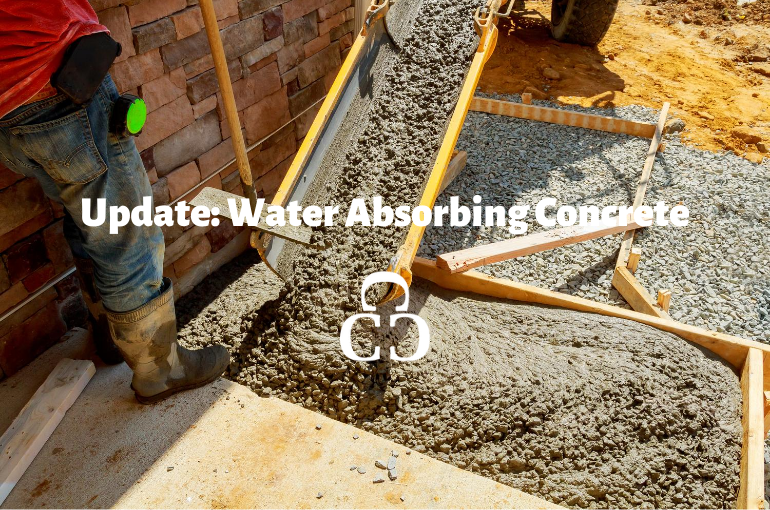

In other words, it wouldn’t be in cement-makers’ financial best interests to invest in Solidia’s wollastonite-based product.Īnother problem is that wollastonite is not as cheap or widely available as limestone. For example, changing the chemistry of cement would make the hundreds of cement plants currently in operation redundant, essentially turning them into stranded assets. That’s because wollastonite’s chemistry is such that it would not produce any emissions when it is made to produce cement, but it would, like normal cement, absorb some CO2 when it gets cured as concrete.īut when Solidia began thinking about commercializing the product, the company hit significant hurdles. Back then, in lab experiments, one of the startup’s founding members Vahit Atakan, now its chief scientific officer, discovered that if he replaced limestone with the mineral wollastonite-a low-carbon alternative to limestone-he could make cement that eventually produced “ negative emissions” concrete. Both companies raised many millions of dollars before shutting or pivoting.īut these failures were yet to surface in Solidia’s early years. California-based Calera began with a pitch similar to Novacem’s, but after repeated disappointments, it shifted to focusing on specialized calcium carbonate for niche applications, such as wallboards. In 2012, it sold its intellectual property to a rival and folded. UK-based Novacem invented a process that replaced calcium oxide with magnesium oxide. Two startups have tried and failed in their attempts to change the chemistry of cement. What if it were possible to change the chemistry of cement such that it could absorb all the CO2? One estimate suggests that concrete absorbs about 17% of emissions produced over its lifecycle-which would be about 170kg of CO2 absorbed. In other words, it never goes through a complete reversal, and thus doesn’t absorb the same amount of CO2 emitted during the cement-making process. Here’s the problem: As long as enough of the cement binds the gravel together into concrete, the product is ready. Its list of investors-from the world’s largest cement-maker to one of the globe’s biggest venture capital firms-is proof of the market’s confidence. But industry experts say it’s the most promising yet. Solidia, which was formed in a bid to commercialize ideas developed at Rutgers University in New Jersey, is not the first company to attempt to make environmentally friendly cement. Since 2008, Solidia Technologies, where DeCristofaro is chief technology officer, has been quietly developing a new cement-making process that produces up to 70% fewer CO2 emissions at a cost that DeCristofaro claims is on par with or better than conventional cement. Unless, that is, Nicholas DeCristofaro’s plans work out. Worse still, unlike the electricity industry, which one day might be comprised of entirely clean, renewable energy, the chemistry of conventional cement dictates that the process will continue to produce huge amounts of carbon dioxide. As a result, the cement industry is currently responsible for about 5% of global CO2 emissions-more than double the aviation industry.

That’d be all well and good except for the fact that 1 kg of cement releases more than 0.5 kg of carbon dioxide into the atmosphere.


 0 kommentar(er)
0 kommentar(er)
